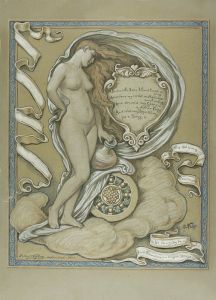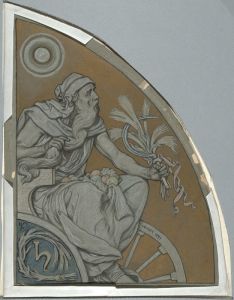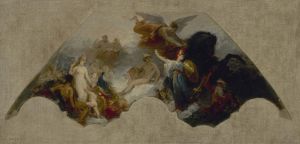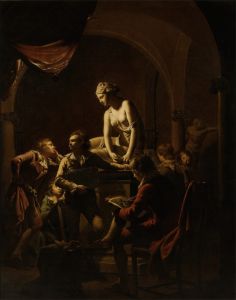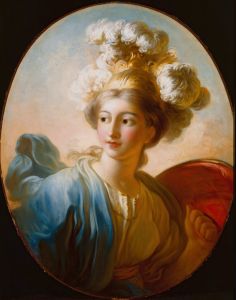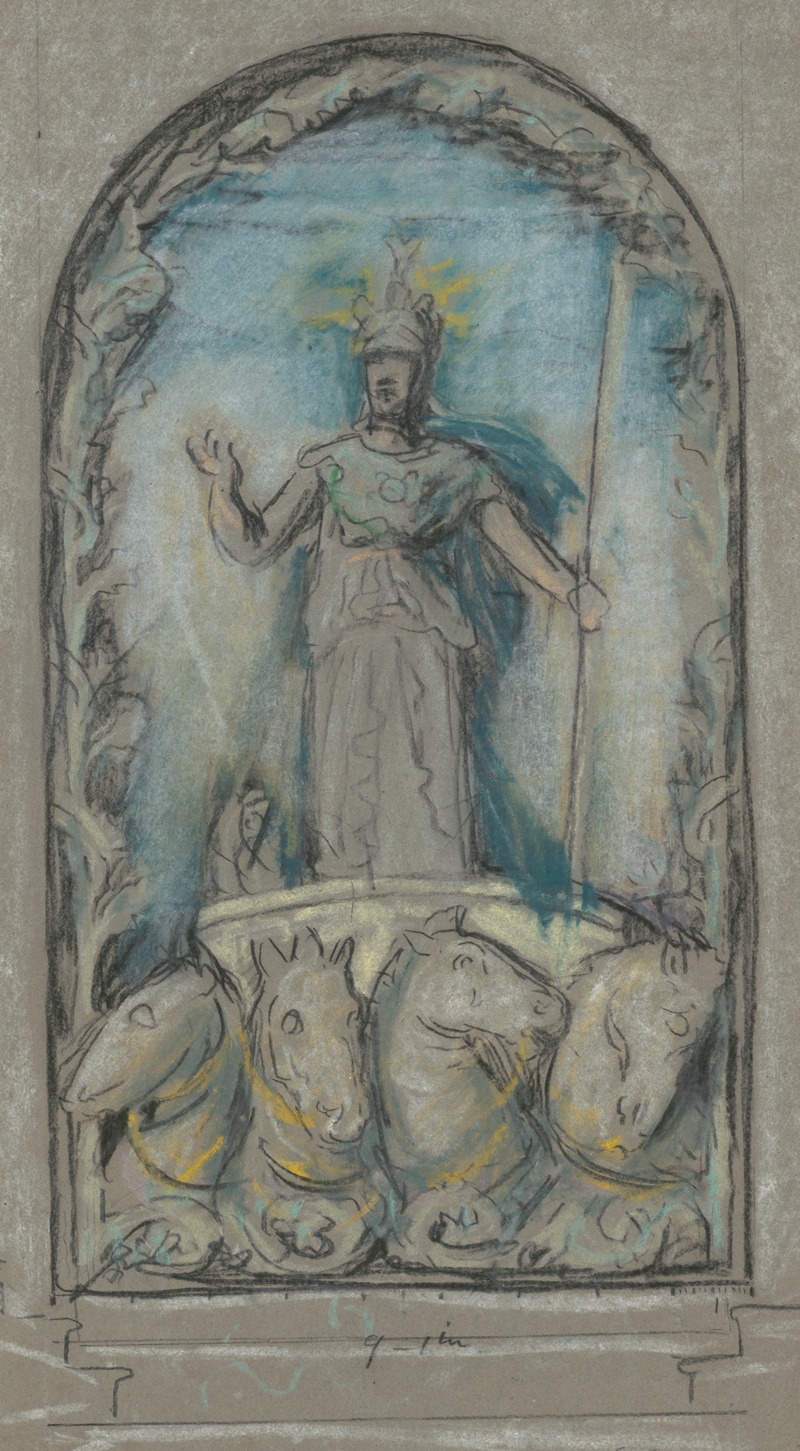
Minerva
A hand-painted replica of Elihu Vedder’s masterpiece Minerva, meticulously crafted by professional artists to capture the true essence of the original. Each piece is created with museum-quality canvas and rare mineral pigments, carefully painted by experienced artists with delicate brushstrokes and rich, layered colors to perfectly recreate the texture of the original artwork. Unlike machine-printed reproductions, this hand-painted version brings the painting to life, infused with the artist’s emotions and skill in every stroke. Whether for personal collection or home decoration, it instantly elevates the artistic atmosphere of any space.
Elihu Vedder (1836–1923) was an American symbolist painter, poet, and illustrator, known for his mystical and allegorical works. One of his notable paintings, "Minerva," depicts the Roman goddess of wisdom, strategy, and the arts. Minerva, often associated with the Greek goddess Athena, was a central figure in Roman mythology and frequently represented as a symbol of knowledge, civilization, and protection.
The painting "Minerva" by Vedder is an example of his interest in classical mythology and his ability to blend symbolism with traditional themes. In this work, Minerva is portrayed with her characteristic attributes, which often include a helmet, a spear, and an owl, the latter symbolizing wisdom. Vedder’s depiction of Minerva reflects his fascination with allegory and his skill in creating works that evoke intellectual and emotional responses.
Elihu Vedder spent much of his career in Italy, where he was influenced by the Renaissance and classical art traditions. His time in Europe allowed him to study ancient Roman and Greek art, which heavily informed his style and subject matter. "Minerva" exemplifies this influence, as it draws upon classical iconography while incorporating Vedder’s unique artistic vision.
Vedder’s works, including "Minerva," were well-received during his lifetime, particularly among audiences interested in the symbolist movement. His art often explored themes of destiny, the human condition, and the interplay between the spiritual and material worlds. While specific details about the creation and reception of "Minerva" are not widely documented, the painting is consistent with Vedder’s broader body of work, which sought to convey profound ideas through visually striking compositions.
Today, Elihu Vedder is remembered as a significant figure in 19th-century American art, and his works are held in various museum collections. "Minerva" serves as a testament to his ability to merge classical themes with the symbolist aesthetic, creating art that continues to resonate with viewers.









